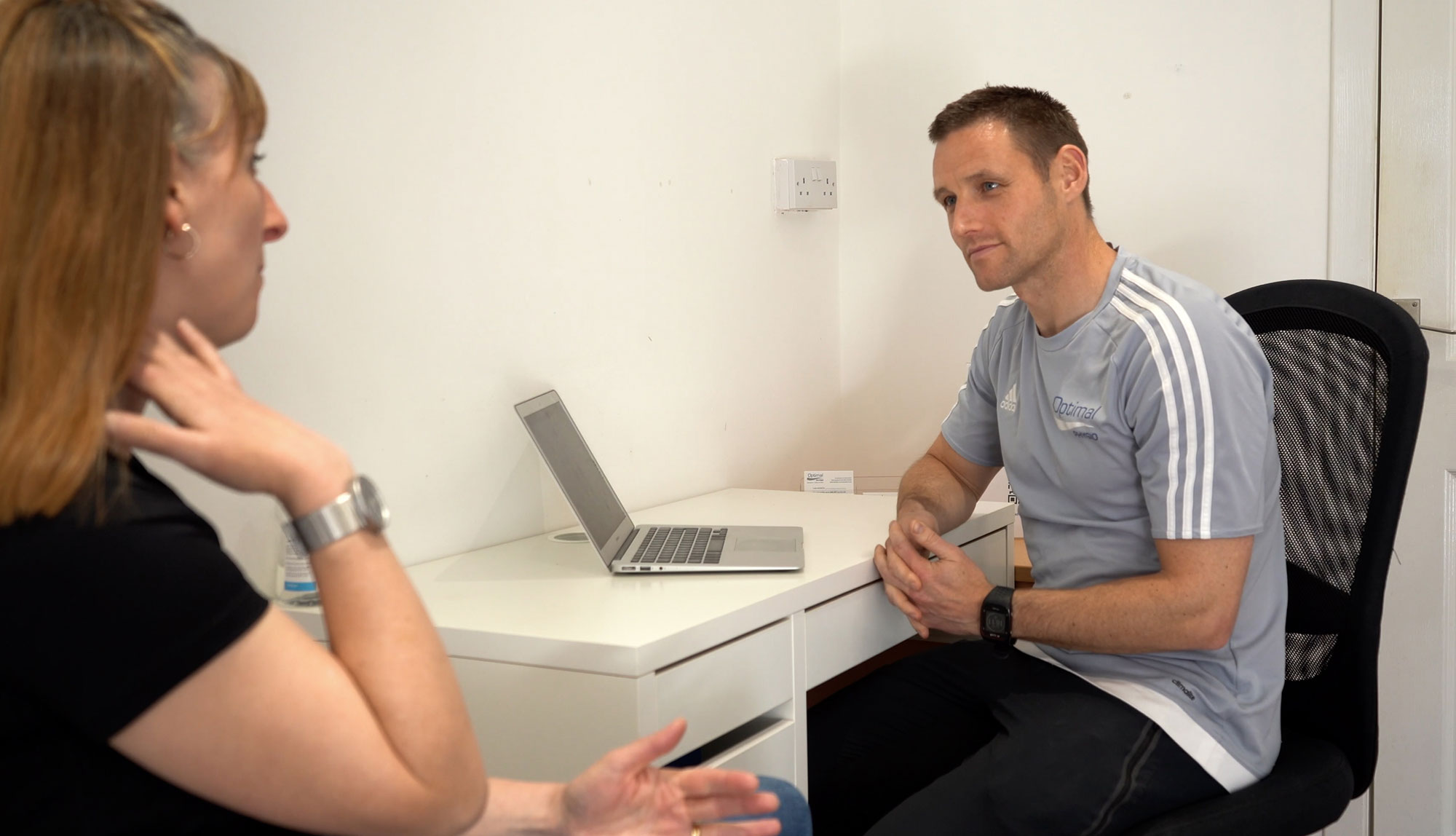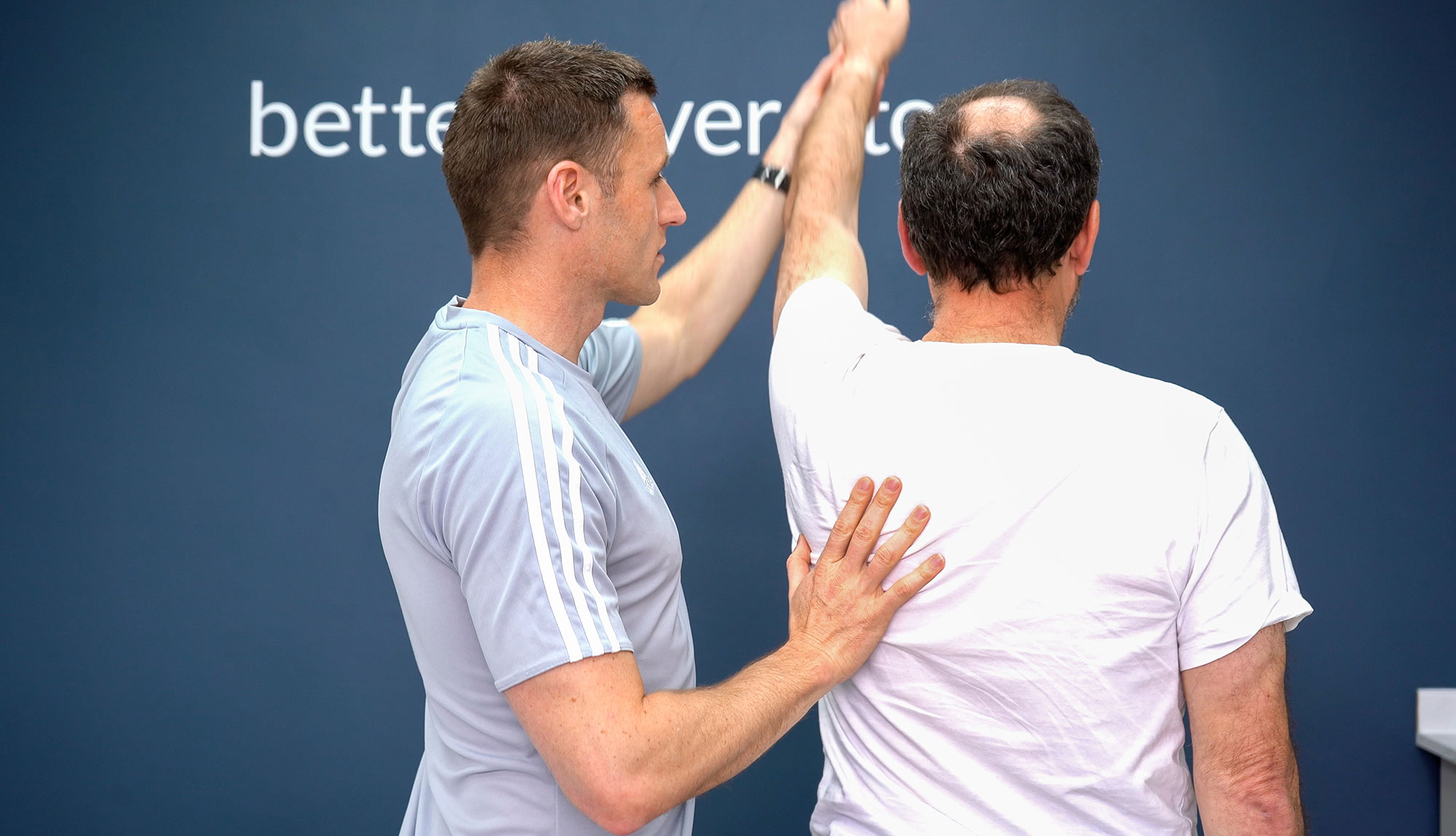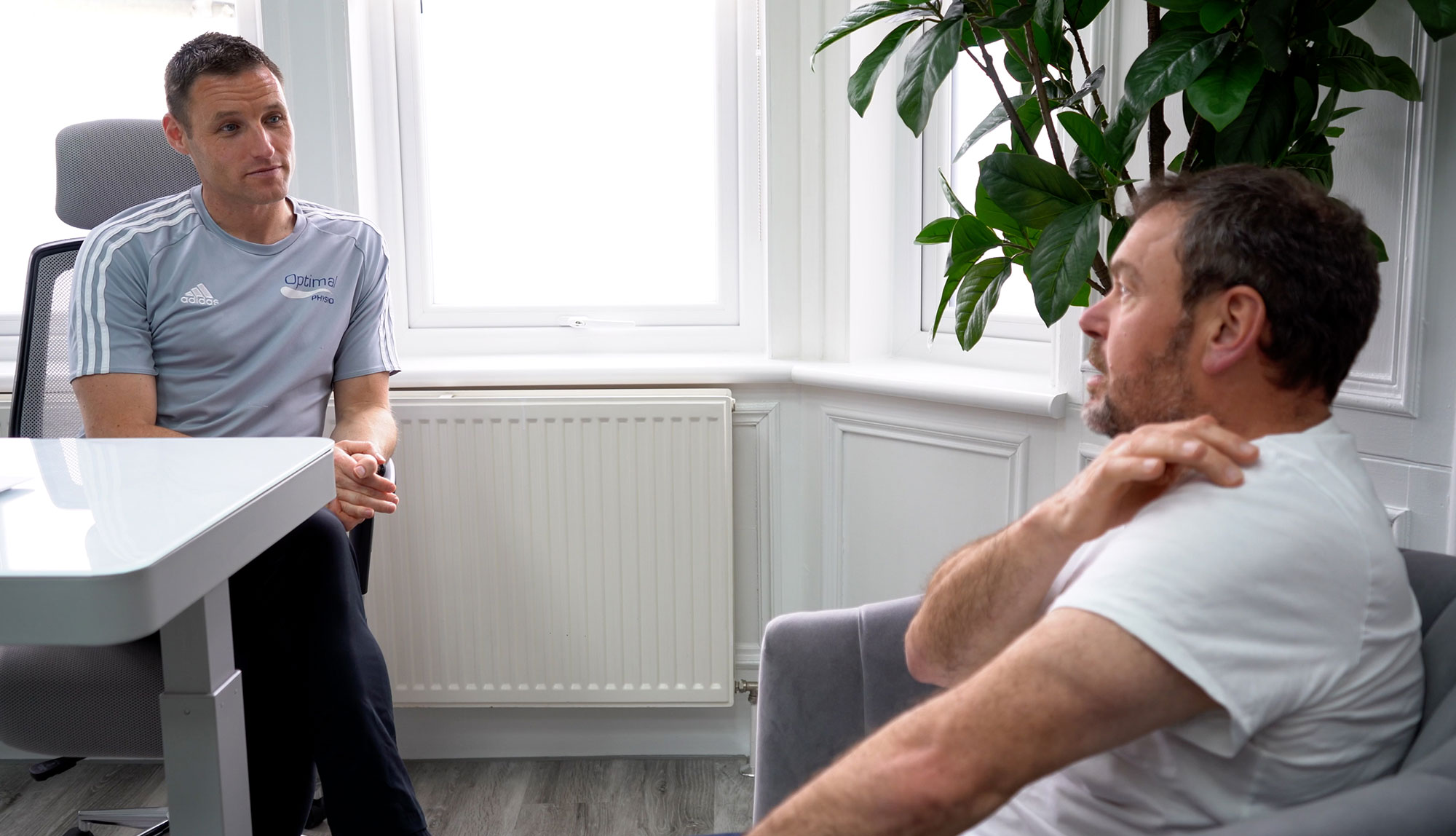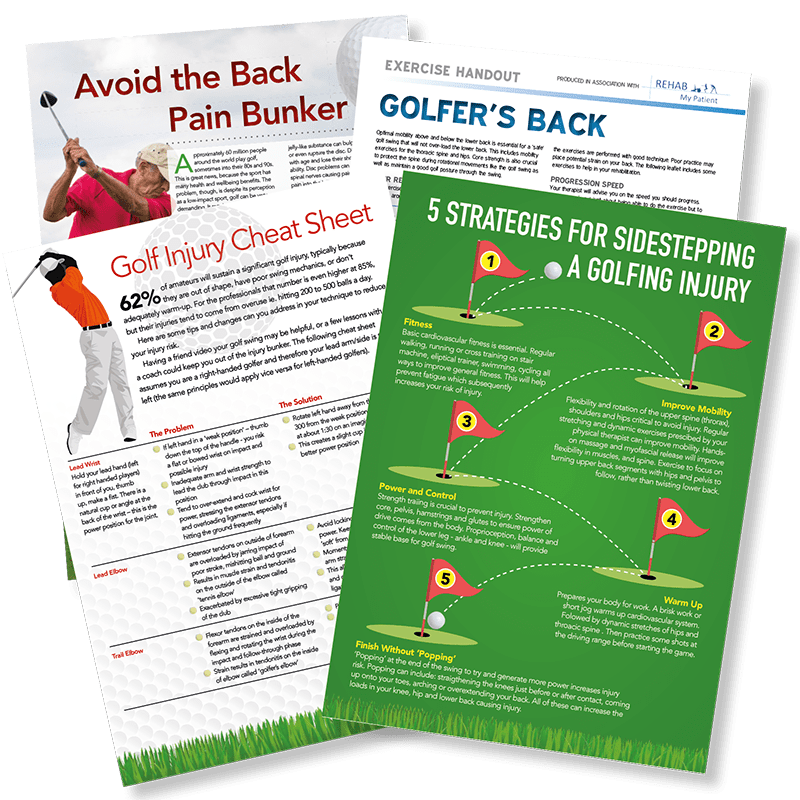Golf: An Explosive Sport
Did you know golfers are injured more frequently than rugby players? Golf clubs and golf memberships are an investment in your health and social life. To get value you need to be on the course and not in the house or the treatment room.
The benefits of tee times and golf partners as well as the comfortable 19th hole to relax in after a game make the cost of the monthly fee worthwhile.
But what happens if you are injured or not enjoying your game quite as much due to some niggle or discomfort?
Golf is a sport that might be seen as low impact but the explosive power of each swing places intense pressure on the body.
Knowing how to prepare your body for the rigours of a round, staying strong and avoiding injury are a worthwhile investment to ensure you are making the most of your golf membership.
The golf season is short in Scotland so we need to be on the course when the sky is blue and the rain has stopped

Golf Injuries Are Frustrating
If you get a painful back, shoulder or elbow playing golf and it starts to occupy your head during your set up or back swing, the chances are you are not going to execute the shot they way you intended.
This frustration starts to impact on your scores and enjoyment. It might mean walking in after just 12, 15 or 16 holes. Most importantly it stops the enjoyment at the 19th!
You might try soldiering on for a while but with the pain unresolved it might force you off the course altogether.
Where do you go next?
The Forces Golfers Face
The PGA may not look like it has much in common with professional rugby – but you may be surprised to learn that golfers are actually injured more often than rugby players.
It’s true!
In fact, 62% of amateurs and 85% of professionals will sustain a significant injury associated with playing golf.
And with a staggering 60 million golfers worldwide – that’s a whole lot of people getting injured.
Trauma to the lower back accounts for one third of all injuries and can happen to anyone regardless of age or ability.
A good golf swing requires significant club-head speed, which is something that is only achieved by applying a lot of torque (force) and torsion (twisting) throughout your lower back.
Compared to other sports, golf puts a lot of pressure on your spine. The average golf swing produces a compression load on your back equal to 8 times your body weight, whereas a sport like running produces a compression load just 3 times your body weight.
Other top golf injuries include trauma to the elbow, wrist/hand or shoulder. So much for golf being a low-impact activity!
With the average recovery time lasting 2-4 weeks, addressing the main causes of a golf injury is well worth the effort.
How We Get You Back On The Course
Whether you are playing several times a week, entering club competitions or are a fair weather golfer who wants to hold their own against the more regular hitters, we can help.
A particular injury will be treated with a progressive recovery plan.
If your mobility or injury is affecting your swing a simple strengthening and warm up routine can add power, yards and accuracy.
Physical conditioning routines designed specifically for golfers like you, adjusted for your own injury history and movement patterns can help you stay on the green and out of pain.
And as a bonus, conditioning your body to avoid injury while playing golf also helps you improve your game.


Pain doesn’t have to be par for the course
The first step is to speak to one of our team and decide if your ready to resolve that issue that is preventing you from swinging consistently.
It doesn’t have to be like this.
What is the most common golf injury?
Will you advise me to stop playing golf?
It would depend on the severity of your condition but we would try to avoid stopping playing completely. We know how important the club, exercise and friendships are to you. Taking this away would be detrimental to your physical and mental health.

Our free Golf Injury Fact Sheets provide simple conditioning exercises, so you can greatly reduce your risk of injury while improving your game.
Download Our Golf Injury Fact Sheets today and discover exact techniques to avoid golf-related injuries by–
Conditioning your hips and thoracic spine for greater mobility
Routine conditioning can improve your game by —
Increasing clubhead speed by 7%
Improving strength up to 56%
Improving flexibility up to 39%
Increasing drive distance up to 15 yards with sustained accuracy
.
Get in touch
Click below to book your appointment easily online or arrange your free fit for physio consultation.
Contact us to book a Golf Profiling appointment to get your individual pre golf season preparation plan. Contact 0333 301 0205 to speak with one of the team.